How Long Does It Take for Liposuction Scars to Heal?
Body Plastic Surgery
Liposuction is a body cosmetic surgery through which modern surgical devices suck out unwanted fat deposits. One of the main concerns of those undergoing liposuction is its scarring. Fortunately, the latest lipo methods are minimally invasive and leave fewer scars.
Many individuals considering liposuction ask, "Does liposuction leave scars?" Fortunately, advancements in surgical techniques have led to minimally invasive procedures that result in fewer and less noticeable scars than traditional methods.
This article discusses the treatment of liposuction scars, their reasons, and their locations. It also answers some frequently asked questions about scarring after liposuction, including how to remove liposuction scars.
What Is Liposuction?
Liposuction, also known as lipoplasty and body contouring, is a new technique of body surgery in which the fat cells are removed from various body parts such as the abdomen, hips, thighs, buttocks, arms, or neck.
It is noteworthy that liposuction is not a weight-loss surgery. First, you should lose weight through exercise and diet, and then you can contour your body by undergoing lipoplasty.
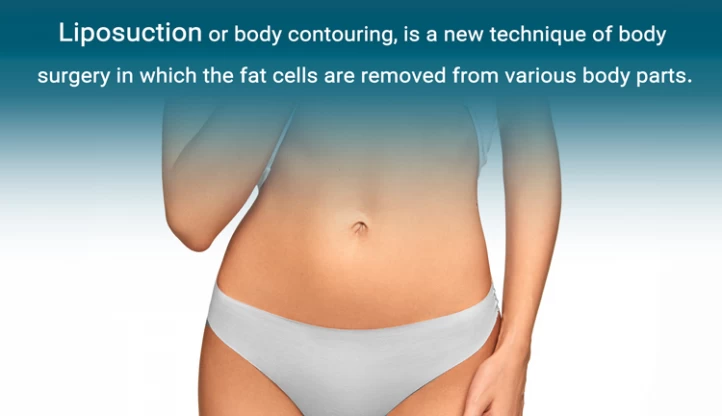
Why Does Liposuction Leave Scar?
Today, various liposuction methods are practiced worldwide, but none is scarless. During the liposuction surgery, the surgeon numbs the skin of the target area and makes small incisions in the body to insert a suction device called a cannula. After removing the fat deposits, the incision site is stitched with either absorbent or nonabsorbent sutures, and the operated area is bandaged. After the surgery, the body produces more collagen to heal the wound and regenerate the skin tissues. When the collagen accumulates in the incisions, it forms a thick, discolored skin known as a scar.
The good news is that a skilled and experienced surgeon makes a few incisions in the less noticeable parts of the skin and stitches them delicately so that the scars won’t be visible after the operation; however, in almost all cases, there would be some pale scars on the skin.
Liposuction Scar Treatment
There is no definite liposuction scar treatment, but you can accelerate the healing process or diminish their appearance by employing various treatments, such as those aimed at addressing how to get rid of liposuction scars. Below is a compilation of treatment approaches for liposuction scars:
- Silicone gel
- Chemical peeling
- Cryotherapy
- Laser therapy
- Surgical treatment
- PRP injection
Contact us for a free initial consultation about liposuction scar treatments.
WhatsAppTelegramFacebookEmailSilicone gel
Silicone gel and gel sheets are practical ways of reducing the redness of scars. They can make the scars less visible by hydrating the skin and controlling the collagen production in the skin. The critical point about silicone gel/sheets is that they should be used constantly, according to the instructions, and before other treatments.
Chemical peeling
In some cases where the scar tissue is larger than usual, the doctor uses the chemical peeling method to remove some outer layers of the scar tissue. Besides its numerous benefits, chemical peeling has some drawbacks, such as:
- A doctor or dermatologist should do it, so it’s not at-home therapy;
- The skin will get red and tender right after the treatment;
- Different skins respond differently to this treatment;
- It should be repeated several times.
Cryotherapy
In this method, mostly used for atrophic and keloid scars, the doctor punches the scar tissue and freezes it with nitrogen vapor to reduce its size. The advantages and disadvantages of freezing the keloids and atrophic scars include the following;
Advantages:
- It is almost painless;
- It is outpatient;
- It has a success rate of more than 70%;
- It is one of the best treatments for aggressive keloid or atrophic scars;
- It improves blood flow in the area around the scars;
- It has a concise recovery period;
Disadvantages:
- It causes swelling of the skin around the scar;
- Discharges come out of the scar;
- It should be repeated several times;
- It is useful for smaller lesions.
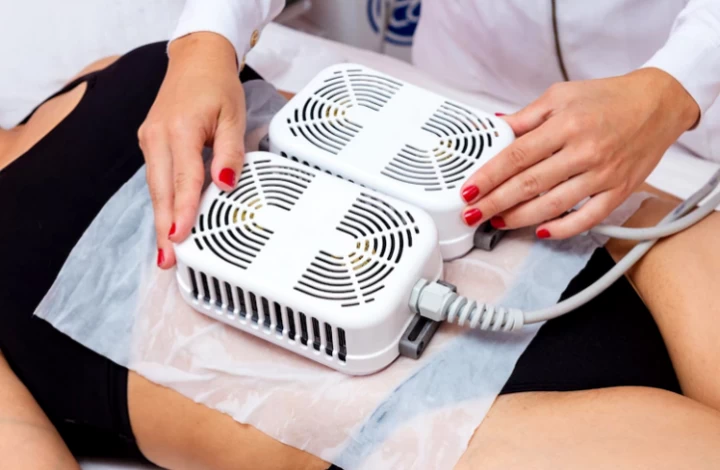
Laser therapy
Laser therapy is an outpatient procedure that can remove liposuction marks, especially the keloid and atrophic ones. During laser therapy, the laser beams heat and remove the scar tissue; then, they stimulate collagen production in the skin. Although each laser therapy session is short, you must wait months to see its result.
Surgical treatment
Usually, doctors recommend surgical treatment to patients with severe and prominent liposuction scars. This method is invasive, and you must face the complications of anesthesia and another surgery. Liposuction marks are usually small (0.05 to 1 cm long) and do not require surgical treatment.
Dermabrasion
Dermabrasion is an effective way of minimizing mild lipo scars. In this method, the doctor scrapes the skin's surface with a rotating wire brush until it reaches the healthy layer. After dermabrasion, the skin may get red and swollen, but it will grow back soon.
PRP injection
Platelet-rich plasma can help skin regeneration by increasing the level of growth factor. PRP is prepared from the patient’s blood and is sometimes combined with fat grafts to remove deep scars. Since liposuction scars are shallow, this method is seldom used for them.
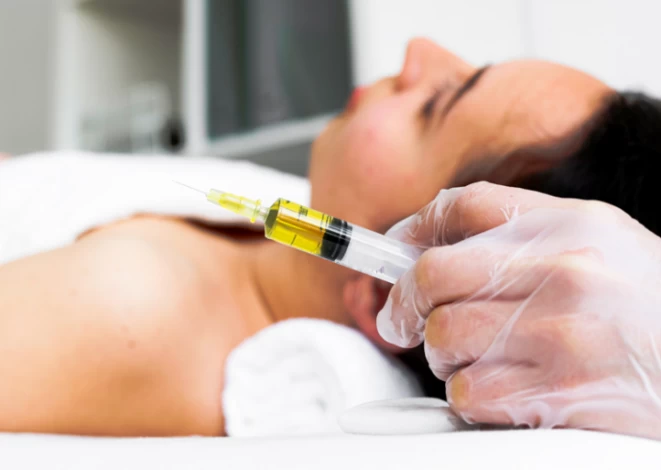
Factors Affecting Liposuction Scar
Although scarring is an inevitable side effect of liposuction, some people are more likely to experience visible scarring after it. People with the following characteristics are prone to have liposuction scars.
- Darker skin;
- A history of keloid scars;
- A history of chronic infection or inflammation;
- High age;
- Non-elastic skin;
- Thick skin.
Also, patients with a history of hyperpigmentation should discuss it with their doctor before the operation and avoid sun exposure as much as possible after the surgery.
Where Are the Liposuction Scars Located?
The location of liposuction scars depends on the type and place of operation. In most cases, where the surgery aims to remove the unwanted fats of the stomach, the scars will be around the belly button and on the waist, specifically referring to liposuction scars on the stomach. However, if you intend to remove fat deposits from your buttocks and thighs, you should expect scars on the lower back and the hips. Usually, these scars are red at first, but over time, they become white and fade into the skin.
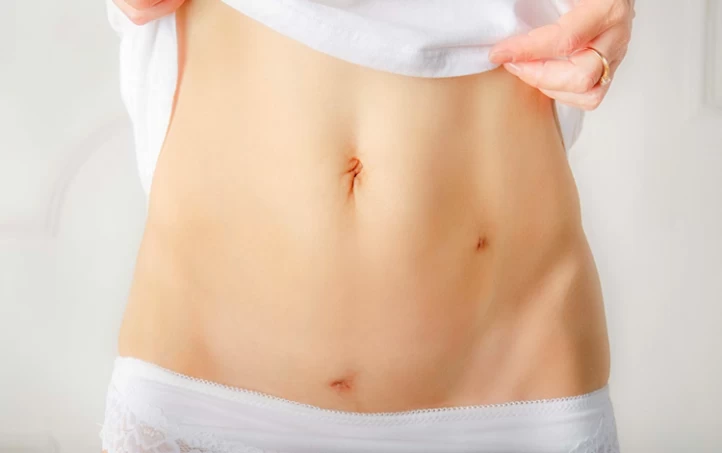
Are Liposuction Scars Permanent?
Fortunately, liposuction scars will fade away 6 to 12 months after the surgery. However, you should take care of the scar tissues and report any abnormal changes to your doctor to prevent their permanence. One of the most critical changes in the liposuction scar is hyperpigmentation, in which the scar turns darker. Hyperpigmentation can be triggered by sun exposure, injury, hormonal change, and, most importantly, excess melanin production.
Another important point about liposuction scar is the formation of an atrophic scar, also called a depressed and sunken scar. An atrophic scar develops when the scar is formed and healed on the deeper layers of the skin. One of the main symptoms of depressed scars is indentions in the skin. Usually, these kinds of scars last longer and need laser treatment or chemical peeling. Therefore, you should be aware of them.
How Long Does It Take for Liposuction Incisions to Heal?
Liposuction incisions typically require a healing period of at least 12 months to recover fully. The extent of scarring from liposuction can vary depending on individual factors such as genetics, skin type, and the specific technique employed during the procedure. Additionally, skin pigment plays a role in the visibility of scars.
While complete healing may take time, there are several ways to facilitate faster and better healing of liposuction scars. Adequate wound care, including keeping the incisions clean and moisturized, can promote healing. Additionally, avoiding sun exposure and using sunscreen on the treated areas can help prevent hyperpigmentation and minimize the appearance of scars. Massaging the scar tissue gently can also improve blood circulation and promote tissue regeneration, leading to smoother scar formation over time.
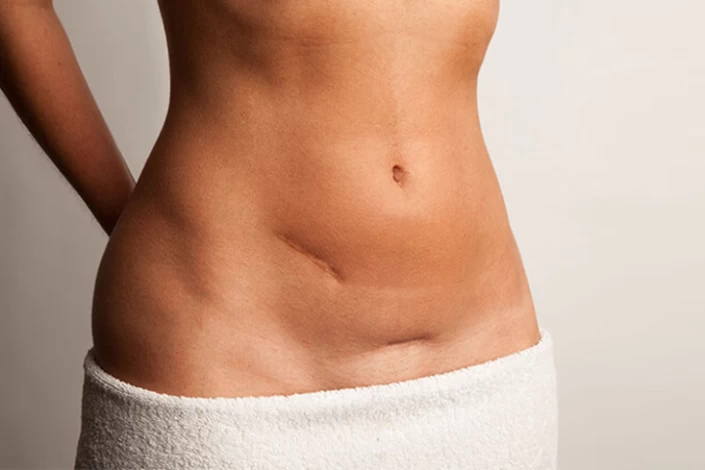
How To Get Rid of Fibrosis After Liposuction?
Fibrosis is the formation of excess fibrous connective tissue in response to tissue damage or trauma, often resulting in hardened or lumpy areas. After liposuction, fibrosis can occur as part of the body's natural healing process, leading to irregularities or firmness in the treated areas.
Various techniques can be employed to address fibrosis after liposuction. One common approach is manual lymphatic drainage massage, which helps break down fibrous tissue and improve lymphatic circulation, removing excess fluid and reducing swelling. Additionally, ultrasound therapy or radiofrequency treatments can soften and break down fibrous tissue, promoting smoother contours and improved skin texture. In some cases, corticosteroid injections may be recommended to reduce inflammation and soften fibrous areas. It's essential to consult with a qualified healthcare professional to determine the most suitable treatment approach based on individual needs and the extent of fibrosis.
Keloid After Liposuction
Keloid is an infrequent complication of liposuction, which happens to less than 2% of people. It is mostly irregular and appears in red, pink, or purple colors. Usually, people with a previous history of keloid are prone to develop it after liposuction, so if you have had keloids before, inform your surgeon before the surgery.
There are various treatments for liposuction keloid, such as surgery, laser therapy, freezing the scar, radiation therapy, topical creams, etc., but the best treatment is to prevent it. Therefore, following your surgeons’ postoperative instructions and wearing compression garments after the operation is necessary.

How to Prevent Scarring after Liposuction?
After liposuction surgery, you’ll be provided with useful tips that can reduce your recovery time, help prevent the formation of keloids, and improve the overall results of your surgery. You can prevent scarring after liposuction by following these instructions:
- Wear a compression garment to reduce swelling, bruising, and scarring;
- Take care of your wounds so that they won’t open;
- Prevent infection by taking antibiotics;
- Apply prescribed gels, creams, and ointments;
- Have a skincare routine for your incision site;
- Stay hydrated;
- Maintain a healthy diet rich in vitamin C and fiber.

Vaser Liposuction Scars
Vaser liposuction is renowned for its ability to sculpt and contour the body with precision. Despite its effectiveness, patients may wonder about the aftermath of the procedure, particularly regarding the scars. Unlike traditional liposuction techniques, Vaser liposuction typically results in smaller incisions due to using ultrasonic energy to liquefy fat before extraction. Consequently, the scars left behind are often minimal and less noticeable. These scars fade over time, gradually blending into the surrounding skin, resulting in a smoother and more aesthetically pleasing outcome. However, individual healing processes may vary, and the surgeon must follow post-operative care instructions to optimize scar healing and achieve the desired cosmetic results.
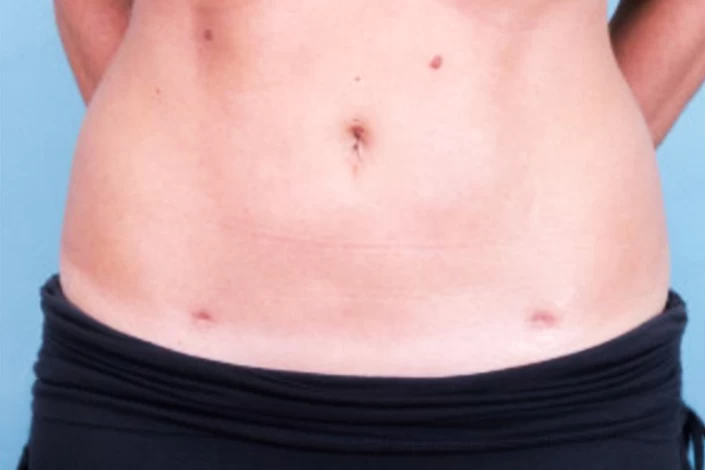
Liposuction Scar Compared to Other Surgical Scars
Liposuction is a minimally invasive procedure and is mainly done under local anesthesia. Therefore, it does not involve large and deep incisions, unlike tummy tuck or boob job.
However, if you intend to perform liposuction with another surgery, such as breast augmentation, you should expect more scarring and extended recovery. It’s essential to have a realistic expectation of the scarring after liposuction and be patient during the healing process.
Suppose you are hesitant to get liposuction because of its scarring. In that case, you can rely on the expertise of Iranian surgeons as they are well aware of the new and risk-free liposuction methods and make incisions on the least visible parts of your body.
If you have questions about liposuction packages in Iran, you can contact us:
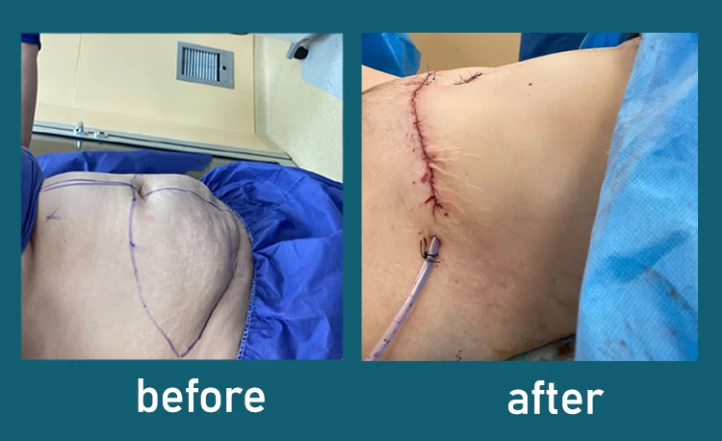
FAQs on Scarring after Liposuction
1) What do liposuction scars look like?
Liposuction scars aren’t very noticeable and mostly resemble small dots or freckles.
2) How long does it take for liposuction scars to heal?
Depending on your genetic features, how your body responds to the wounds, your skin pigment and type, and the technique used during the procedure, your liposuction scars will heal in 6 to 12 months.
3) Should I expect to scar right after liposuction?
After liposuction, you should expect swelling, bleeding, and bruising. However, wearing compression garments will help ease these side effects and speed up healing.
4) How can I get smooth skin after liposuction?
Smooth skin can be achieved after liposuction surgery by choosing an experienced surgeon, applying prescribed ointments for scars, wearing a compression garment, drinking plenty of water, and maintaining a stable weight.
5) Does neck liposuction leave a scar?
In neck liposuction, the surgeon makes incisions underneath the chin and behind the ears, so there are a few small dots in these places, which fade away almost six months after the surgery.
6) Do liposuction scars go away?
Yes, most liposuction scars go away independently after the surgery if you take care of them appropriately. However, if you have developed keloid or atrophic scars, you probably need more invasive treatments such as surgery, chemical peeling, or laser therapy.





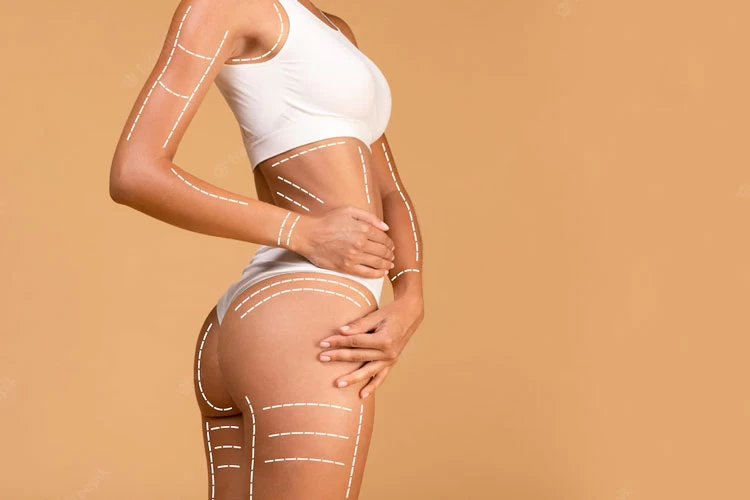
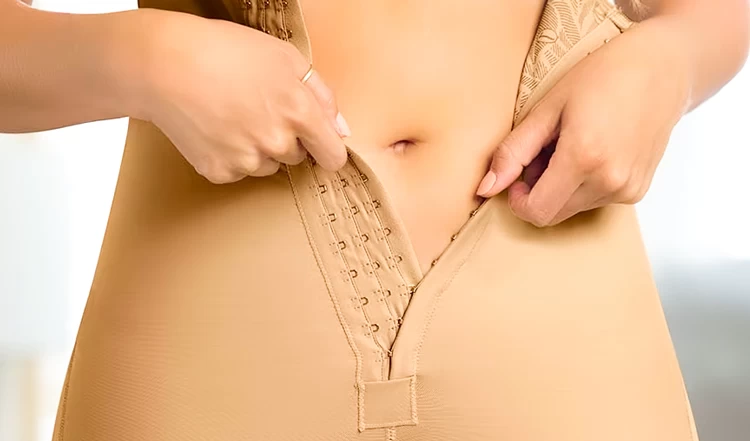



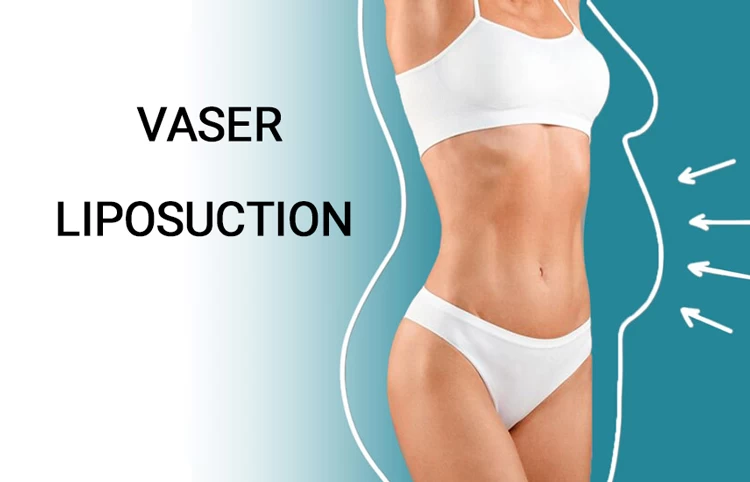

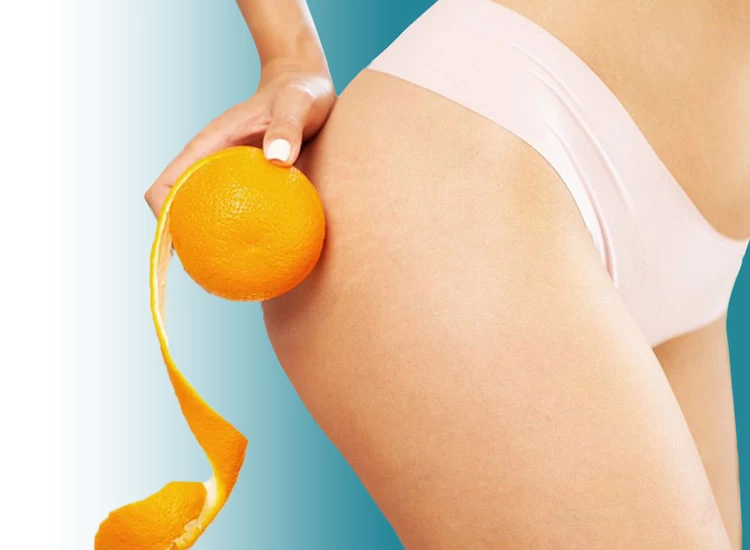
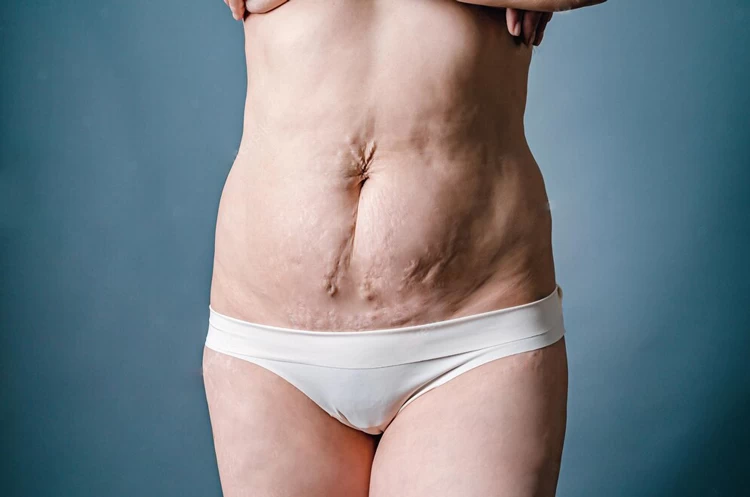


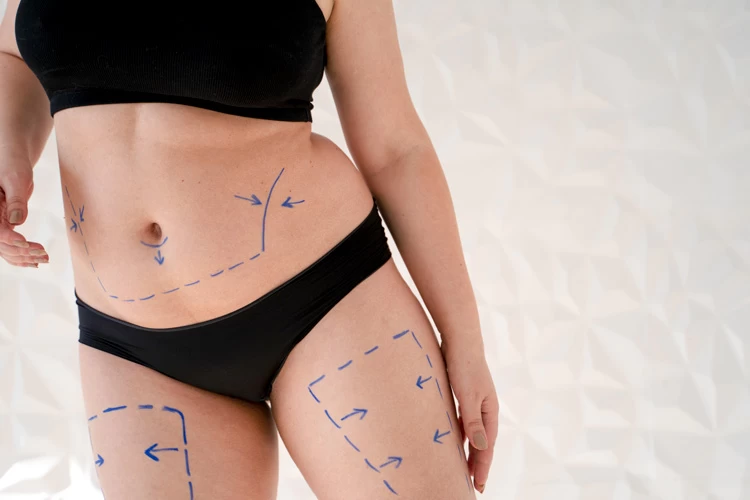
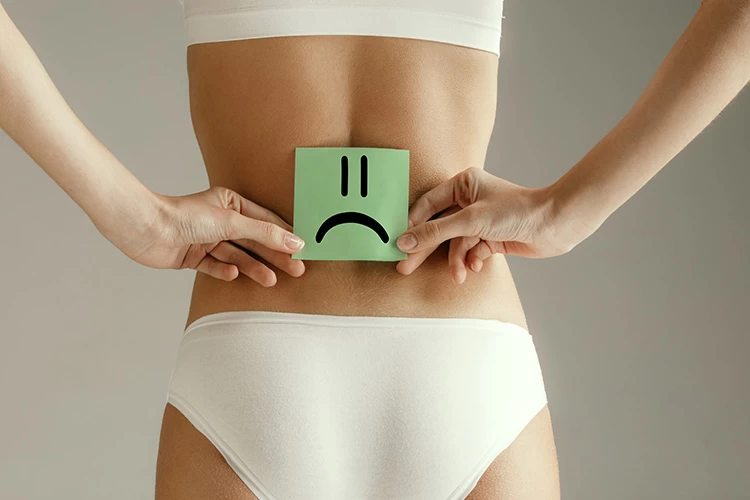

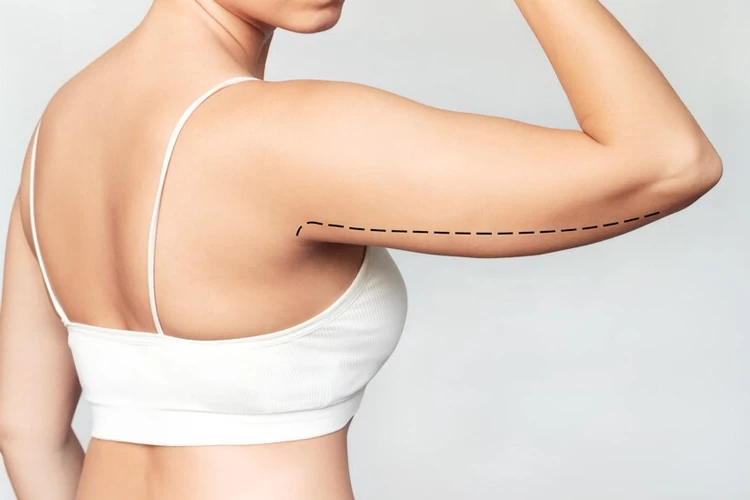
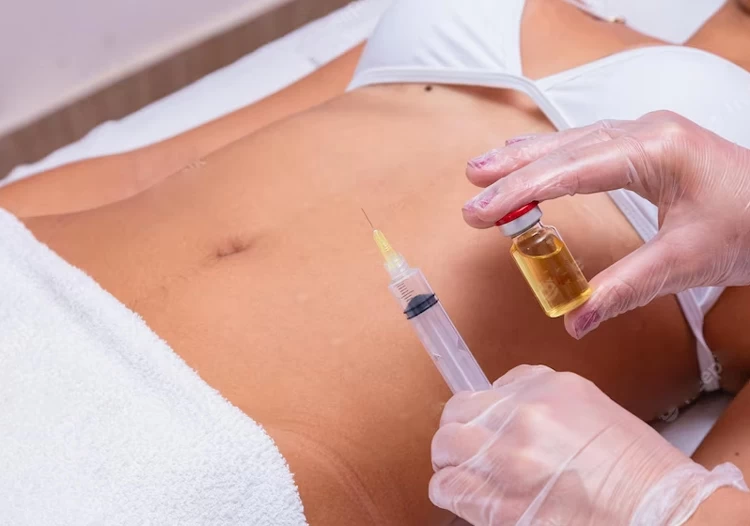
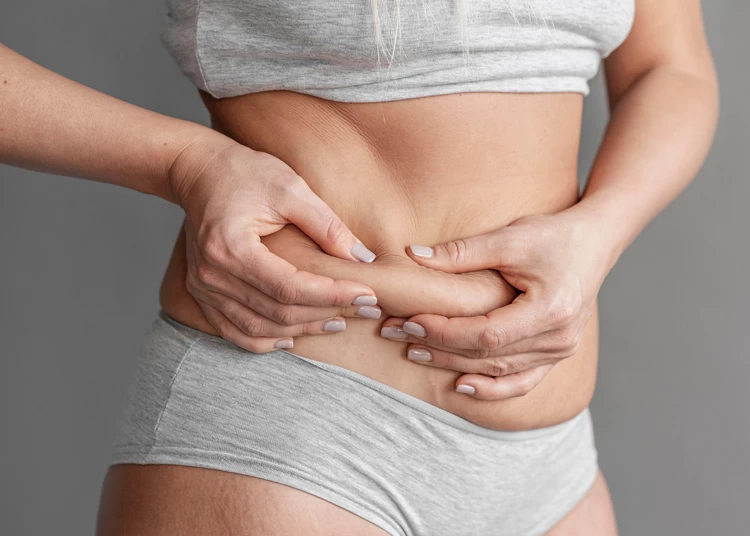
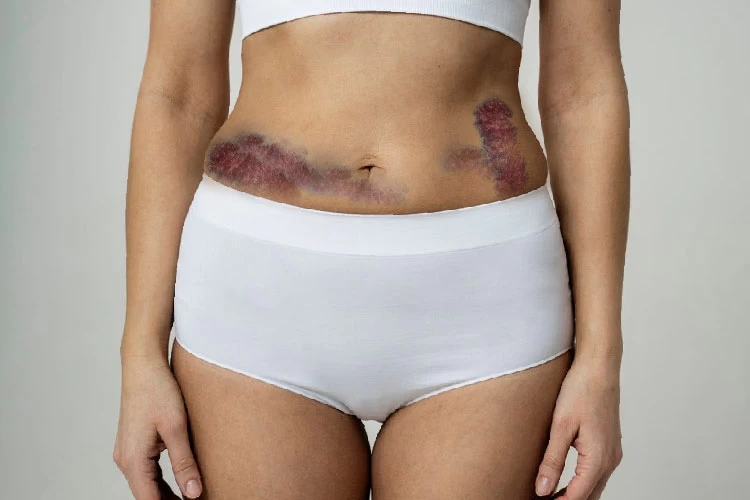
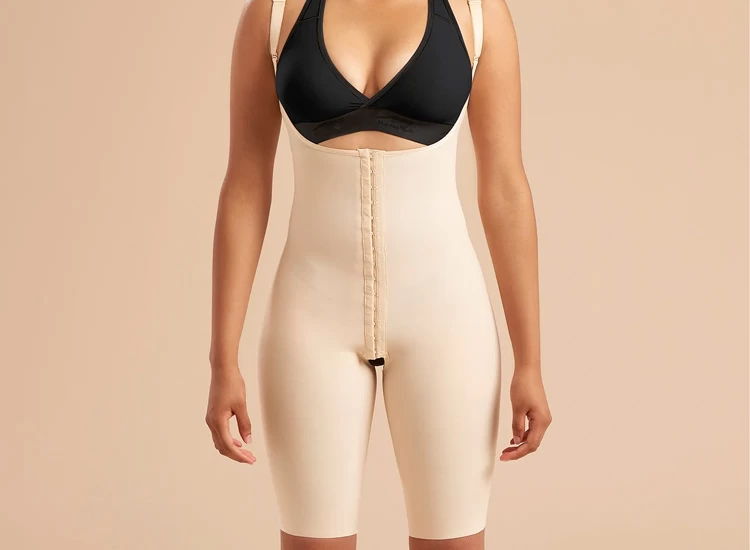
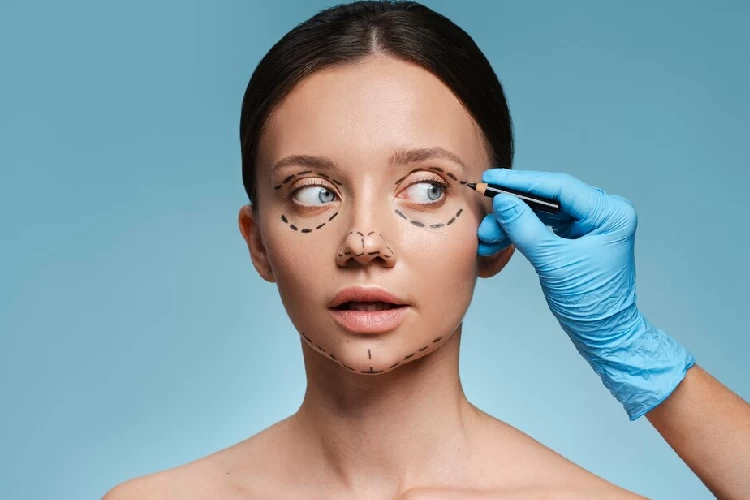
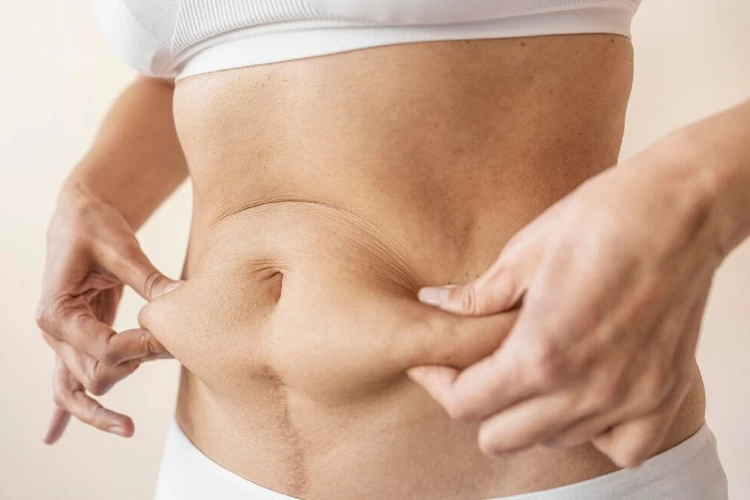

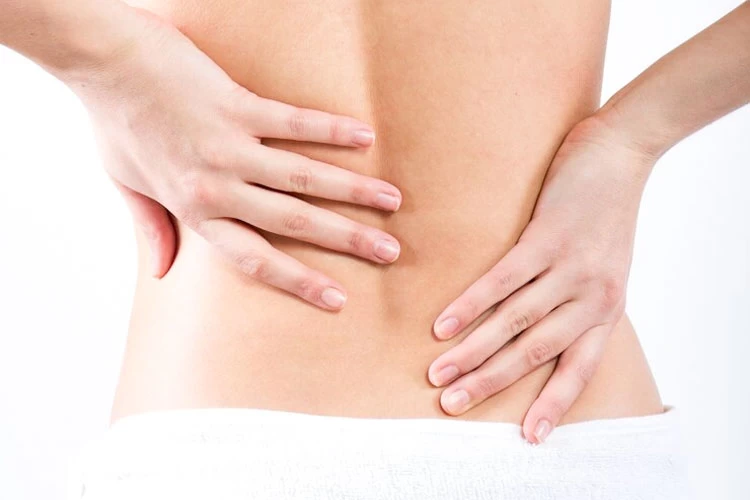
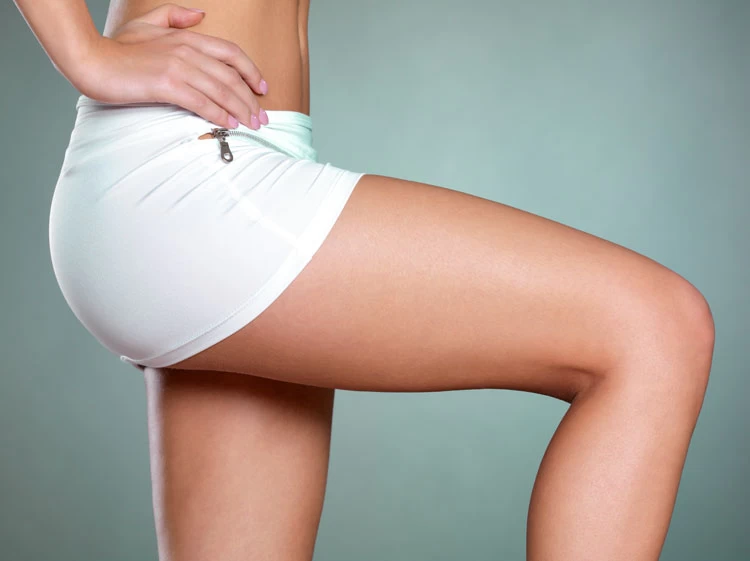
No reviews
Your comment